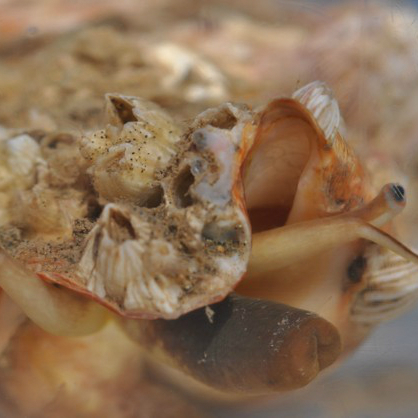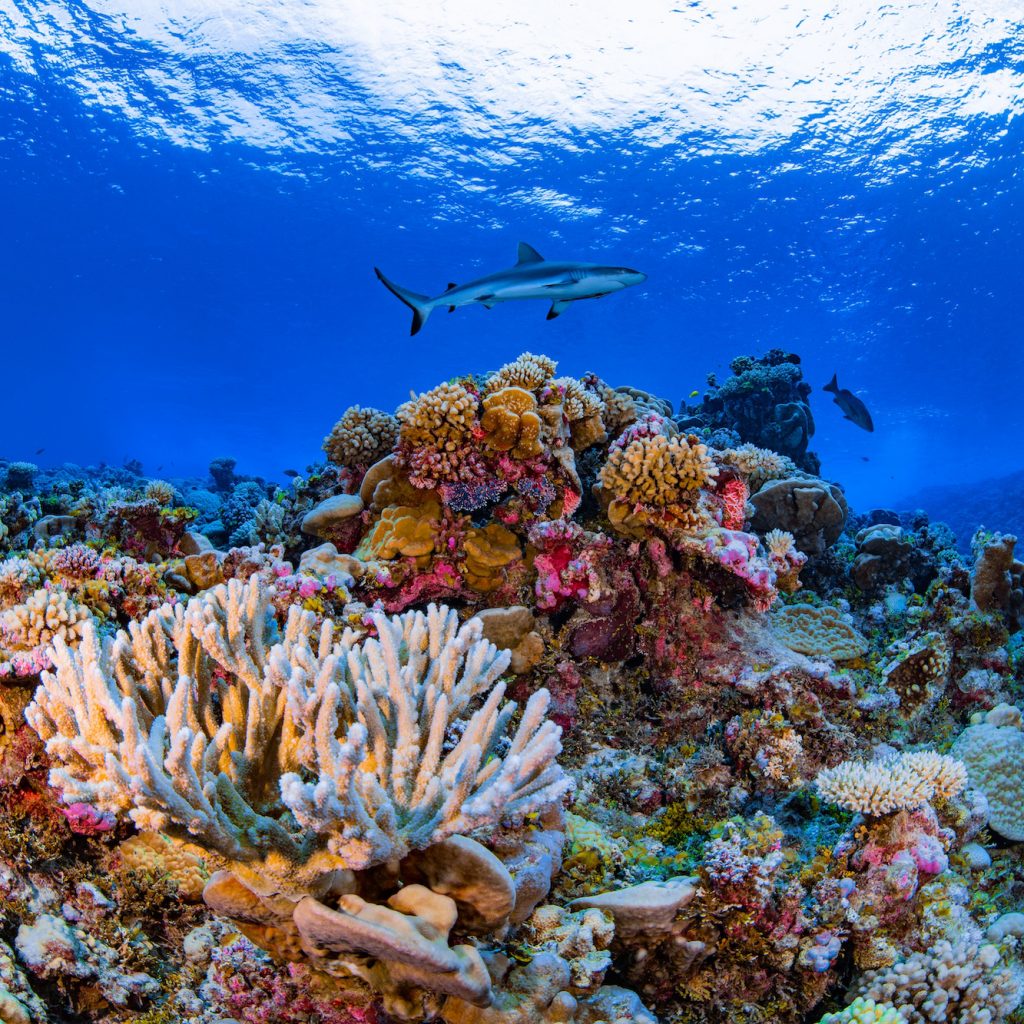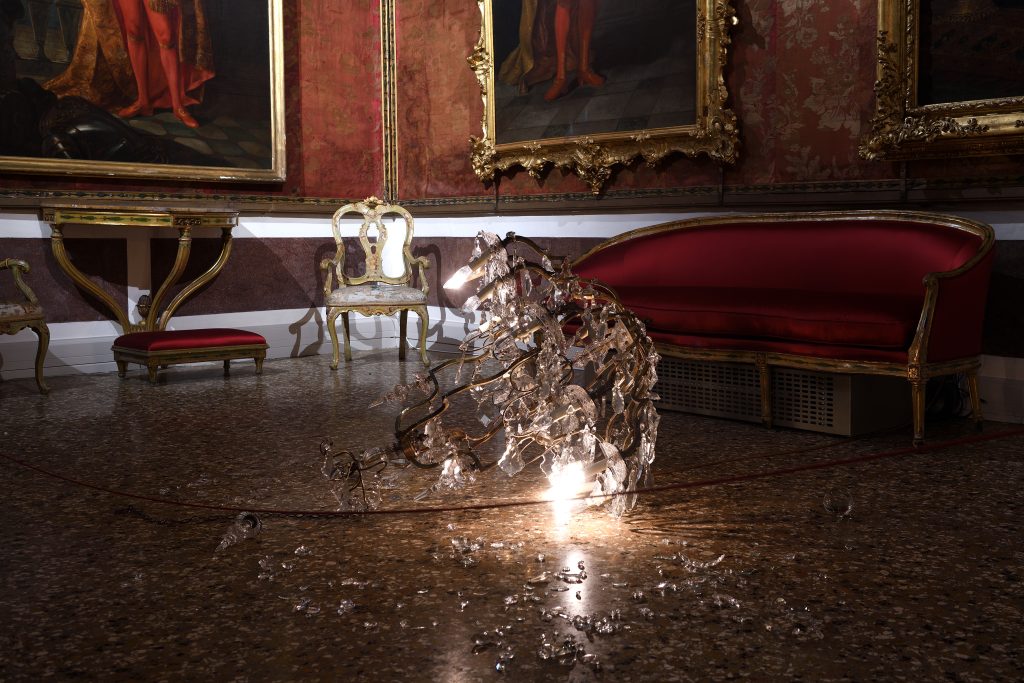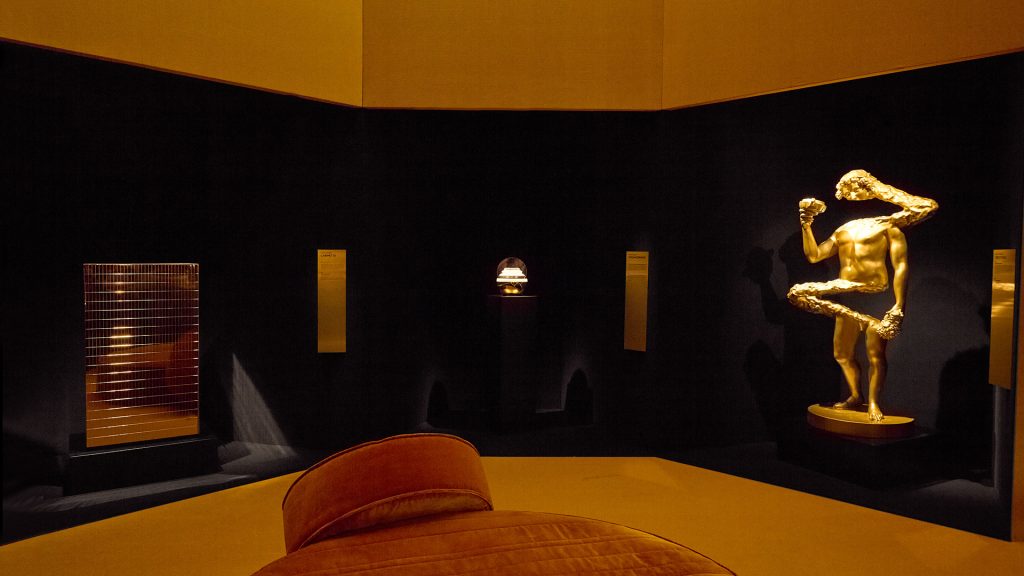Link About It: This Week’s Picks
Mapping coral reefs, transforming taxis into vegetable gardens, tracing Harlem’s legacy as a style hub and more

Scientists Globally Map Coral Reefs For The First Time
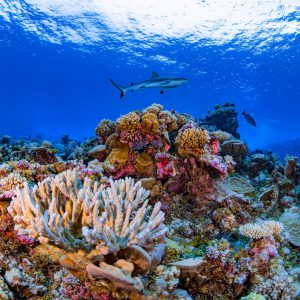 Under the direction of Arizona State University’s Center for Global Discovery and Conservation, more than 450 teams of scientists have succeeded in creating the first continually updating map of the world’s shallow coral reefs, an undertaking that required 2.25 million satellite images covering about 100,000 square miles. As one of the most biodiverse ecosystems on the planet, coral reefs are an important home for marine life—but they remain endangered. The Allen Coral Atlas, already in use by 14 countries, will help track climate change’s effects on the habitat and inform future oceanic projects to save the reefs. Read more about this historic accomplishment at Hyperallergic.
Under the direction of Arizona State University’s Center for Global Discovery and Conservation, more than 450 teams of scientists have succeeded in creating the first continually updating map of the world’s shallow coral reefs, an undertaking that required 2.25 million satellite images covering about 100,000 square miles. As one of the most biodiverse ecosystems on the planet, coral reefs are an important home for marine life—but they remain endangered. The Allen Coral Atlas, already in use by 14 countries, will help track climate change’s effects on the habitat and inform future oceanic projects to save the reefs. Read more about this historic accomplishment at Hyperallergic.
Image by Greg Asner, courtesy of Allen Coral Atlas
New Pop-Up Exhibit Explores Harlem’s Legacy as a Fashion Hub
 55 years ago, fashion pioneer Lois K Alexander Lane founded the Harlem Institute of Fashion and later, the Black Fashion museum, to show the world how the Black community was and is instrumental to American style. Today, Souleo and Beau McCall’s latest exhibit at the Schomburg Center, Showing Out: Fashion in Harlem, pays tribute to these institutions (which closed in the 2000s), Alexander Lane’s legacy and trailblazing Black designers. The show—which runs between 9-16 September—showcases archival footage of the Alexander Lane-led Harlem Fashion Week from the ’80s to ’90s, as well as clothes and photos from the shows. Together, the exhibit honors the thriving fashion community that Alexander Lane was instrumental in cultivating. Read more about the exhibit at Refinery 29.
55 years ago, fashion pioneer Lois K Alexander Lane founded the Harlem Institute of Fashion and later, the Black Fashion museum, to show the world how the Black community was and is instrumental to American style. Today, Souleo and Beau McCall’s latest exhibit at the Schomburg Center, Showing Out: Fashion in Harlem, pays tribute to these institutions (which closed in the 2000s), Alexander Lane’s legacy and trailblazing Black designers. The show—which runs between 9-16 September—showcases archival footage of the Alexander Lane-led Harlem Fashion Week from the ’80s to ’90s, as well as clothes and photos from the shows. Together, the exhibit honors the thriving fashion community that Alexander Lane was instrumental in cultivating. Read more about the exhibit at Refinery 29.
Image courtesy of Souleo Enterprises
Idle Taxis Repurposed as Vegetable Gardens in Bangkok
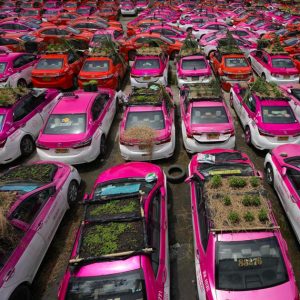 Bangkok’s Ratchapruk and Bovorn Taxi cooperatives joined forces and transformed the roofs of their currently unused cabs (idled because of a lack of demand during the pandemic) as vegetable gardens. With “black plastic garbage bags stretched across bamboo frames” as the garden bed, the plots are growing everything from string beans to cucumbers and tomatoes. But this installation is also a statement, as the cooperatives only have 500 cars in use around the city right now, with 2,500 sitting idle—a massive hit to their business and employees. As Thapakorn Assawalertkul says, “The vegetable garden is both an act of protest and a way to feed my staff during this tough time. Thailand went through political turmoil for many years, and a great flood in 2011, but business was never this terrible.” Read more at the Associated Press.
Bangkok’s Ratchapruk and Bovorn Taxi cooperatives joined forces and transformed the roofs of their currently unused cabs (idled because of a lack of demand during the pandemic) as vegetable gardens. With “black plastic garbage bags stretched across bamboo frames” as the garden bed, the plots are growing everything from string beans to cucumbers and tomatoes. But this installation is also a statement, as the cooperatives only have 500 cars in use around the city right now, with 2,500 sitting idle—a massive hit to their business and employees. As Thapakorn Assawalertkul says, “The vegetable garden is both an act of protest and a way to feed my staff during this tough time. Thailand went through political turmoil for many years, and a great flood in 2011, but business was never this terrible.” Read more at the Associated Press.
Image courtesy of AP Photo/Sakchai Lalit
NASA’s New Rock Samples Could Prove Life Existed On Mars
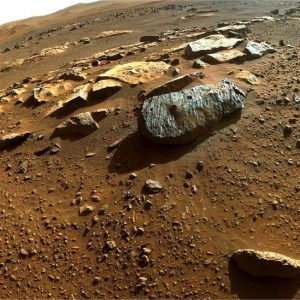 According to NASA scientists, the rock samples taken from the Jezero Crater on Mars could indicate that life previously existed on the planet. The samples, taken by the rover Perseverance (which first drilled into Mars on 6 September and then again a few days later) have been identified as volcanic in origin. To the scientists’ surprise, these samples also contained salts—likely calcium sulphate or calcium phosphate—indicating water alteration and thus, raising the likelihood that life once existed on Mars. Find out more about these minerals at BBC.
According to NASA scientists, the rock samples taken from the Jezero Crater on Mars could indicate that life previously existed on the planet. The samples, taken by the rover Perseverance (which first drilled into Mars on 6 September and then again a few days later) have been identified as volcanic in origin. To the scientists’ surprise, these samples also contained salts—likely calcium sulphate or calcium phosphate—indicating water alteration and thus, raising the likelihood that life once existed on Mars. Find out more about these minerals at BBC.
Image courtesy of NASA/JPL-Caltech
Alexandre Family Farm Is Pioneering Regenerative Agriculture
 This year, California’s Alexandre Family Farm was the first dairy in the US to become Certified Regenerative. It took the fourth-generation dairy operators, Stephanie and Blake Alexandre, over three decades to perfect their sustainable farming practices, but their work paid off. With their compost—made on the farm from cow manure, along with other local waste—and pioneering rotational grazing practice, their system restores wetlands, bringing a bounty of wildlife, including the once-endangered Aleutian Geese. As a dairy that manages thousands of cows and acres, Alexandre Family Farm proves that regenerative agriculture is possible on a large scale—and without the help of corporate backing. Find out how the Alexandres are leading a sustainable movement within the agriculture industry and what this entails for the future at Civil Eats.
This year, California’s Alexandre Family Farm was the first dairy in the US to become Certified Regenerative. It took the fourth-generation dairy operators, Stephanie and Blake Alexandre, over three decades to perfect their sustainable farming practices, but their work paid off. With their compost—made on the farm from cow manure, along with other local waste—and pioneering rotational grazing practice, their system restores wetlands, bringing a bounty of wildlife, including the once-endangered Aleutian Geese. As a dairy that manages thousands of cows and acres, Alexandre Family Farm proves that regenerative agriculture is possible on a large scale—and without the help of corporate backing. Find out how the Alexandres are leading a sustainable movement within the agriculture industry and what this entails for the future at Civil Eats.
Image courtesy of Alexandre Family Farm
Didformat Studio’s Valley Residential Bridge Concept
 Envisioned by architect Amirhossein Nourbakhsh, founder of Didformat Studio, the Valley Residential Bridge concept runs upward along the chasm of a cliff face in British Columbia. Three segments compose Nourbakhsh’s structure, which intends to impart the least amount of damage to the surrounding nature: a top level that crosses the ravine, a secondary tier that offers a scenic overlook of the waters below and a final residential structure built of levels that work with the curves of the rocks. Underneath, Nourbakhsh incorporates space for boats to pass through. See more conceptual imagery at designboom.
Envisioned by architect Amirhossein Nourbakhsh, founder of Didformat Studio, the Valley Residential Bridge concept runs upward along the chasm of a cliff face in British Columbia. Three segments compose Nourbakhsh’s structure, which intends to impart the least amount of damage to the surrounding nature: a top level that crosses the ravine, a secondary tier that offers a scenic overlook of the waters below and a final residential structure built of levels that work with the curves of the rocks. Underneath, Nourbakhsh incorporates space for boats to pass through. See more conceptual imagery at designboom.
Image courtesy of Amirhossein Nourbakhsh
Discovery in Moroccan Cave Suggests Humans Made Clothes 120,000 Years Ago
 In the Contrebandiers Cave in Morocco, Dr Emily Hallett and her colleagues discovered animal artifacts that indicate early humans in Africa were making clothes 120,000 years ago. The 62 bones and tools from the excavation (including sand fox and wildcat bones, as well as spatulate-shaped instruments and other specialized devices) lead scientists to believe that homo sapiens from the cave made fur clothing, smooth leather and perhaps even windbreakers—garments that go far beyond simple scraps of hides. While the original appearance of these outfits remain unknown, these findings could prove clothing is a hallmark of human behavior. Read more about the discovery at The Guardian.
In the Contrebandiers Cave in Morocco, Dr Emily Hallett and her colleagues discovered animal artifacts that indicate early humans in Africa were making clothes 120,000 years ago. The 62 bones and tools from the excavation (including sand fox and wildcat bones, as well as spatulate-shaped instruments and other specialized devices) lead scientists to believe that homo sapiens from the cave made fur clothing, smooth leather and perhaps even windbreakers—garments that go far beyond simple scraps of hides. While the original appearance of these outfits remain unknown, these findings could prove clothing is a hallmark of human behavior. Read more about the discovery at The Guardian.
Image courtesy of Contrebandiers
Link About It is our filtered look at the web, shared daily in Link and on social media, and rounded up every Saturday morning. Hero image courtesy of AP Photo/Sakchai Lalit
